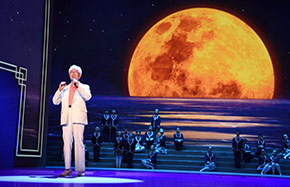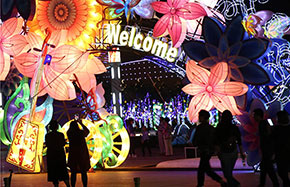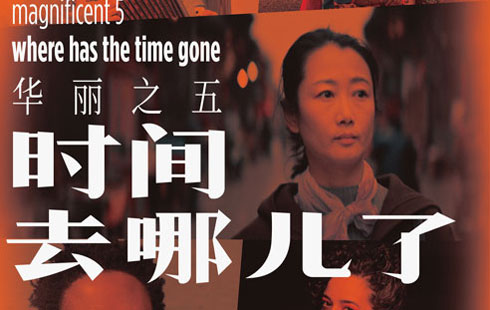Making art more accessible
 |
|
Artists and scholars discuss their understandings of contemporary art and its development in China at the launch of the Chinese edition of A to Z of Contemporary Art. [Photo provided to China Daily] |
The Chinese edition of a book drawn from a leading magazine taps growing interest in contemporary genres. China Daily reports.
A new Chinese edition of a book on contemporary art is set to help more readers understand the genre, amid its rapid development in the country in recent decades.
"Nothing needs to be interpreted more than contemporary art," Wang Min'an, a professor at Capital Normal University, writes in the preface to the Chinese version of the book, A to Z of Contemporary Art, launched earlier in September.
The book is a collection of 59 articles from Frieze, a leading London-based magazine of contemporary art and culture.
The new book features art reviews and artist interviews, as well as essays on films, museums, photography, furniture and other related subjects. Broader topics, such as ethics, gentrification and taste are also discussed.
Nearly 700 artists, critics, writers, scholars and curators are covered in the book, including big names such as Andy Warhol, Damien Hirst, Tracey Emin and Gerhard Richter.
"Contemporary art in China has been developing rapidly in recent decades and formed a new look to the art circle," says Colin Siyuan Chinnery, a curator and writer of the only story about a Chinese artist in the book.
"However, there lacks a book that links contemporary art to the wider cultural and social background. Thus, the Chinese version of the book comes just in time."
"The book can be seen as an interpreter that translates visualized artworks into knowledge production, which can be directed to public education and bring ordinary people closer to topics of artistic concern," says Xiang Jing, a Beijing-based artist, who is known for her sculpting.
Chinnery's article was published in 2014, right after major Chinese artist Xu Zhen, who founded MadeIn Company in 2009, held his retrospective Xu Zhen: A MadeIn Company Production in Beijing.
Works at the exhibition included ShanghART Supermarket, which was a life-size replica of a typical Chinese convenience store, except that row upon row of bottles, cans, packets and jars with intact seals were all empty.
















